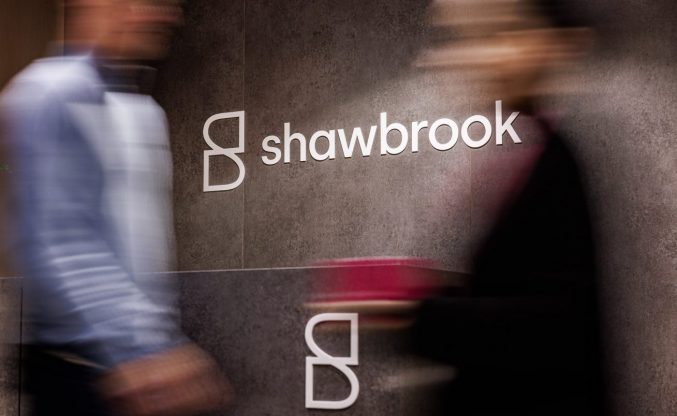Quiz: Do you really understand bridging loans?
By Alice Ingram

Bridging loans are a versatile financial tool, but how well do you really understand how they work?
Take this interactive quiz to test your knowledge and see if you’re a bridging loan expert or if there’s more to learn!
1. What is the primary purpose of a bridging loan?
a) To finance long-term property investments
b) To provide quick, short-term financing to bridge the gap between transactions
c) To consolidate existing debts
d) To fund home improvements over several years
Answer:
b) To provide quick, short-term financing to bridge the gap between transactions
Bridging loans are designed to provide temporary financing, typically between buying a new property and selling an existing one.
2. True or False: Bridging loans can only be used for residential property transactions.
a) True
b) False
Answer:
b) False
While commonly used in residential property deals, bridging loans can also be used for commercial property purchases, renovations, business needs, and more.
3. What is a typical loan term for a bridging loan?
a) 1-3 years
b) 6-12 months
c) 5-10 years
d) Over 10 years
Answer:
b) 6-12 months
Bridging loans are short-term solutions, usually lasting between six and twelve months.
4. How is interest on a bridging loan usually paid?
a) Monthly installments
b) Rolled up and paid at the end of the loan term
c) Annually
d) Interest is not charged on bridging loans
Answer:
b) Rolled up and paid at the end of the loan term
Many bridging loans allow borrowers to roll up the interest and pay it in full when the loan term ends, although monthly interest payment options are also available.
5. Which of the following could be considered a good exit strategy for a bridging loan?
a) Selling your current property
b) Refinancing with a long-term mortgage
c) Using other investments to repay the loan
d) All of the above
Answer:
d) All of the above
A solid exit strategy is essential for repaying a bridging loan, and any of these options could work depending on the borrower’s situation.
6. True or False: Bridging loans generally have lower interest rates than traditional mortgages.
a) True
b) False
Answer:
b) False
Bridging loans typically have higher interest rates than traditional mortgages due to their short-term nature and the speed at which they are arranged.
7. What is a “rolled-up interest” option in a bridging loan?
a) Interest is paid monthly
b) Interest is added to the loan balance and paid at the end of the term
c) Interest is paid upfront at the start of the loan
d) Interest is not charged on the loan
Answer:
b) Interest is added to the loan balance and paid at the end of the term
With a rolled-up interest option, the interest is accumulated over the loan term and paid in full when the loan is repaid, rather than in monthly installments.
8. Which factor is most likely to influence the interest rate on a bridging loan?
a) The borrower’s credit score
b) The value of the property used as security
c) The loan term
d) All of the above
Answer:
d) All of the above
Interest rates on bridging loans can be influenced by several factors, including the borrower’s creditworthiness, the value of the security, and the loan term.
9. True or False: You can secure a bridging loan without any form of security.
a) True
b) False
Answer:
b) False
Bridging loans are usually secured against property or other assets, which provide the lender with security if the borrower defaults on the loan.
10. What is one of the biggest advantages of using a bridging loan?
a) They are interest-free
b) They offer quick access to funds
c) They have no fees
d) They can be used for long-term investments
Answer:
b) They offer quick access to funds
The speed at which bridging loans can be arranged is one of their most significant advantages, making them ideal for time-sensitive transactions.
Results:
- 8-10 Correct: Bridging Loan Expert
You clearly understand the ins and outs of bridging loans! Whether you’re a property investor or just savvy about finance, you’re well-equipped to make informed decisions about this powerful financial tool. - 5-7 Correct: Bridging Loan Knowledgeable
You have a good grasp of how bridging loans work, but there’s still room to deepen your understanding. Keep learning to become even more confident in your financial decisions. - 0-4 Correct: Bridging Loan Novice
It looks like you’re just getting started with bridging loans. Don’t worry—now that you’ve taken this quiz, you know the key areas to focus on to build your knowledge!
Whether you’re new to bridging loans or already familiar with them, understanding the key concepts is essential to making the most of this financial tool.
Keep these points in mind as you explore your options, and you’ll be well on your way to leveraging bridging loans effectively.










You must be logged in to post a comment.